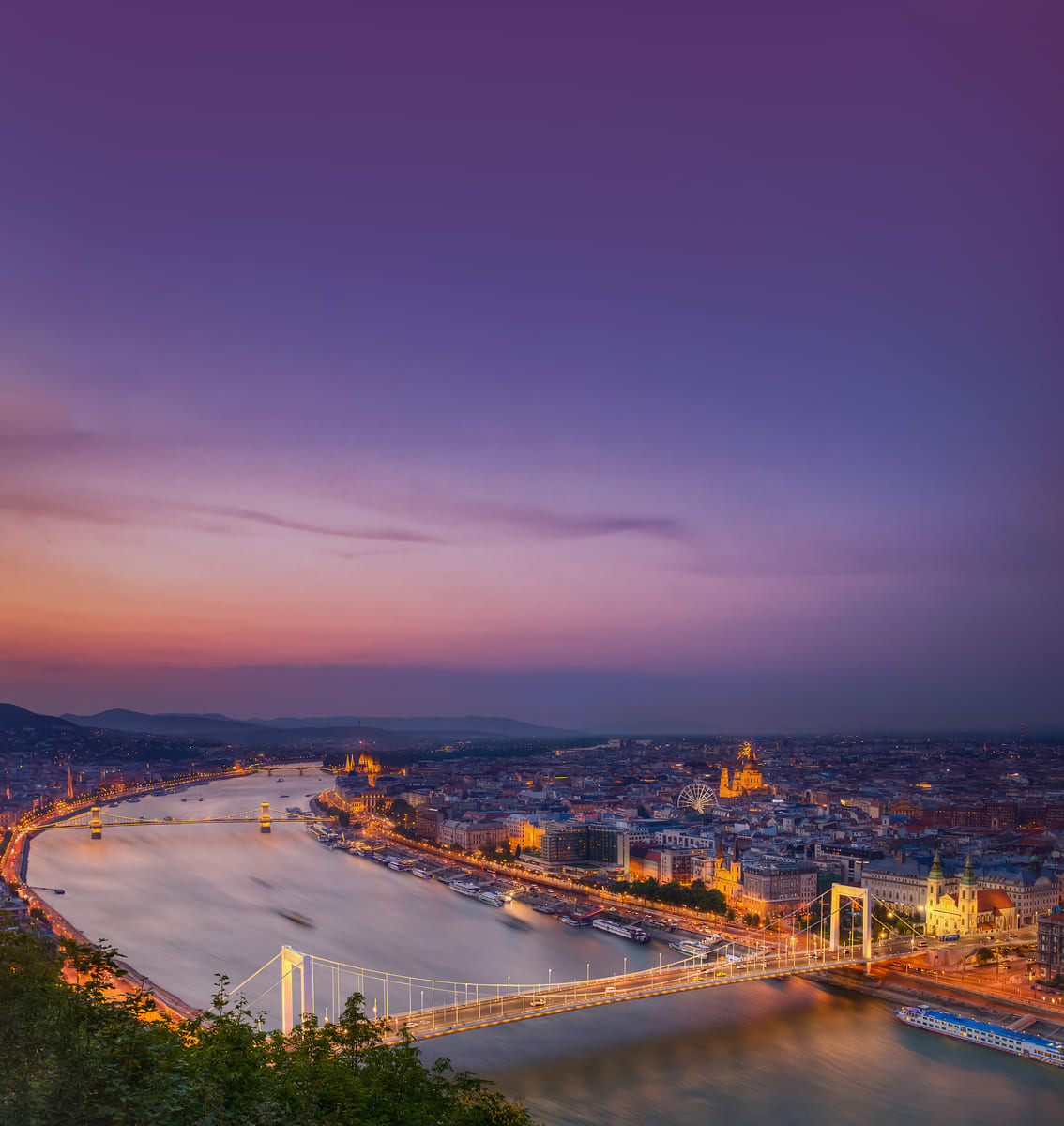
Over 10,000 years ago a series of volcanic eruptions tore through earth at Tikitere on New Zealand's North Island. The ancient lake at the site was drained, and the remaining abyss was riddled with faults, where gas and steam escaped from the earth's geothermal centre.
Fast forward a decamillenium and this hissing chasm remains, studded with sulphurous pools, bubbling mud pots and steaming waterfalls. Tikitere is the so-called "awesome beast" of New Zealand's geothermal attractions, although it's commonly known as Hell's Gate, a name bestowed by none other than famed playwright George Bernard Shaw.

Hells Gate Inferno Pools. Image courtesy of Hells Gate
Visiting Hell's Gate
Just 15 minutes from Rotorua or an hour from the port of Tauranga, Hell's Gate is excellently set up to receive visitors. The main features of the park can be viewed in a 45 - 60 minute walk, but there are plenty of opportunities to dive deeper.
You can explore with the help of a map, but a guided tour is highly recommended to fully discover the marvels of Hell's Gate. Rich in Maori history and natural phenomena, this Kiwi landmark has layers of intrigue that a guide can unfold on the spot.

Hells Gate Rotorua mud baths. Image courtesy of Hells Gate
Mud baths
If time permits, you can fully submerge yourself in the volcanic landscape of Hell's Gate at The Mud Bath and Spa Complex. Soak in the sulphuric water of the mud baths and scoop the geothermal goo from the bottom to coat your body in nature's ultimate beauty mask. Rumour has it that it can improve the texture of your skin for up to six weeks.

The Steaming Cliffs. Image courtesy of Hells Gate
The hot pools
Wind your way past hot pools with dramatic names such as Sodom and Gomorrah, Devil's Bath and Inferno Pools. As the only acid sulphate system in New Zealand, Hell's Gate does not boast the beautiful colours of alkali chloride systems, but makes up for it by the intensity of its geothermal activity.
Violently bubbling and sometimes erupting in fiesty displays of heat, the hot pools of Hell's Gate peak at 122 degrees with the Steaming Cliffs Pool.
Don't be fooled by the name of the Sulphur Bath - this pool has a pH level of one, which is on par with battery acid.

Kakahi Falls. Image courtesy of Hells Gate
Kakahi Falls
The largest hot waterfall in the Southern Hemisphere is a steamy 40 degrees Celsius. Kakahi Falls has long been a special place for the Maori, who would bathe in its waters after battle. The warm temperatures and sulphuric water were a soothing combination for any scratches or wounds.
A day trip to Hell's Gate Rotorua is one of many inspired excursions on Seabourn's 16-night Luxury Cruise of New Zealand. Get in touch with your local Travel Associates advisor to find out about bonus inclusions* with Seabourn
Mud volcano
The Hell's Gate mud volcano is the only one of its kind in a New Zealand thermal park. Every six weeks or so, a crust forms over the crater. It takes two or three days for the pressure to build to a point where piping hot mud explodes through the barrier and erupts over a five-metre-wide diameter.

The mud volcano at Hells Gate
Medicine Lake
For hundreds of years, the Rotorua Maori have bathed in the healing waters of Medicine Lake, which is particularly helpful for skin conditions and arthritis. While visitors are not permitted to bathe in the water due to the volatile nature of the pool, it's one of the few places where you're encouraged to dip your hand in the water, scoop up some mud, and marvel at the unexpected textures.

Cooking pool. Image courtesy of Hells Gate
Cooking pool
The Black Pool was used by the Maori to cook food in an adaptation of the famous Kiwi hangi, and it's hot enough to cook an entire pig in two hours. The food is unaffected by the smell of the sulphur, and vegetables soften quickly due to the mineral content of the water. You can watch a cooking demonstration, but when it comes to eating you'll have to visit the cafe!
Maori legend
The Hurutini pool is the site of a tragic Maori legend. A princess flung herself in the waters to absolve her people of the shame of her corrupt father. Upon finding her floating in the pool, her mother cried out for her precious one: "Tikitere", and thus the park was named.

one of a kind holiday?
Takes 3 minutes
